Who is a painter and what does he do?
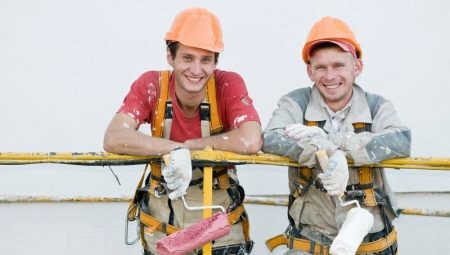
There are a number of professions that are very widespread, yet there are many misconceptions around them. Therefore, it is very important to find out who the painter is and what he really does. Knowledge about the basic skills and abilities of this specialist, about his current personal qualities will be no less important.
Features of the profession
When describing the work of a painter, the most important thing is to avoid extremes. Some people believe that this is a very easy and simple matter. Others find it prohibitively difficult. Both of these opinions are far from reality. The use of paints began about 20 thousand years ago. But the production of finished paints began only about 150 years ago.
Painters are in demand in various countries, and work experience can be useful anywhere in the world. To perform their functions, they use a variety of technological tools and devices. Mastering a profession at any level is available to everyone - you just need to make some effort. A painter is useful to society not only because it improves the appearance of various structures and products. Well-applied paint and varnish coatings protect surfaces from a variety of harmful factors.
Unfortunately, the very working conditions of this specialist are unfavorable and replete with harmful factors. Varnishes, paints, solvents and other substances used by painters inevitably pose a toxic threat. However, the specific hazard level does not only depend on the chemical composition of the substances. The method of performing the work and the microclimate are of great importance. Painters must wear personal protective equipment.
But the harmfulness of painting is not limited to chemical factors. Often it is necessary to paint at a height. Many substances and formulations used can cause chemical burns and allergic reactions.
Problems are also caused by:
- forced permanent posture;
- the need to stand often and for a long time;
- the need in many cases to work in inconvenient places;
- risk of electric shock.
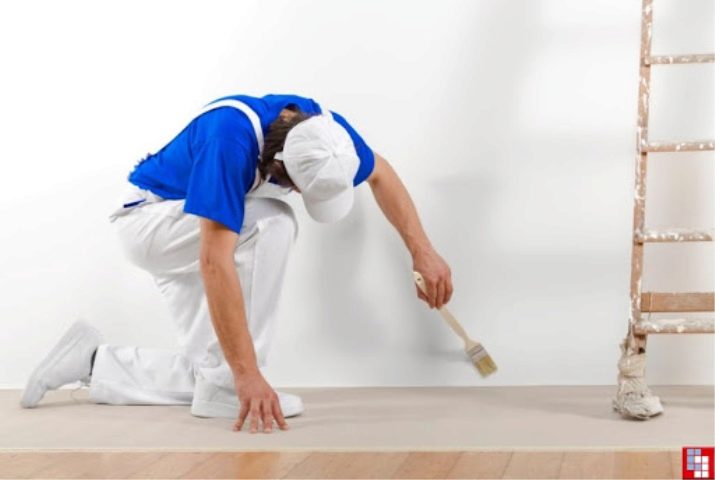
There is a clear specialization among painters. For the painting of pipes, columns, bridges, high-rise buildings and simply upper floors, roofs are attracted by professionals with the skills of industrial climbers. In most cases, however, painters are understood as building finishers with skills in the use of paints and varnishes. An additional branch is the so-called painter-plasterer. Already from the name it is clear what he can do in addition to painting surfaces.
Exists painters-preparers... They work only as part of teams and create conditions for competent final painting of surfaces. It is the preparer who will remove the old paint and apply the primer. Separately, it is worth mentioning such a direction of the profession as a ship painter. This specialist paints civilian ships (and even warships) inside and out.
His activities have a number of nuances and subtleties that "colleagues" from construction and industrial organizations may not even suspect. It is necessary to paint not only the hulls, but also various pipes, walls, floors and ceilings in the rooms on the ship.
The basic requirements for those employed in painting work of a particular profile are spelled out in the ETKS. There are a number of other specializations within its framework, but these are already particulars.

Ranks and duties
The position of a painter of the 1st category involves painting various parts by dipping in paint or brushing. Pre-treatment (applying putty and primer) is unnecessary or carried out earlier. Also this specialist:
- degreases surfaces;
- covers them with linseed oil;
- filters and prepares paints and varnishes;
- tidies up used tools after completion of work.
A painter of the 2nd category performs the following functions:
- applying paint to not too critical surfaces after processing with putty and primer;
- preparation of products for varnishing;
- leveling surfaces with putty with simultaneous sealing of defects;
- application of monochromatic digital and letter inscriptions, simple drawings;
- preparation of varnishes and paints according to a pre-approved recipe.
But also a painter of the 2nd category paints various parts and products with a spray gun.... His duties will also be cleaning, smoothing and pickling of surfaces from corrosion, fouling in various ways. The use of compressors is also possible. Examples of work that such a specialist does are:
- cleaning and etching indoor surfaces;
- painting of cylinders, various fittings, brackets;
- applying paint to lifebuoys, locomotive and carriage deflectors, boxes;
- elimination of traces of corrosion on steel structures;
- coating of radiator bushings and gears with mastic.

The characteristics of the work of painters of the 3rd category are:
- painting of surfaces with particularly high demands;
- cutting them up for simple drawings;
- production of multi-color drawings and stencils, numbers and letters without the help of stencils;
- spray finishing;
- cleaning and subsequent painting of ships in dry docks;
- control of the flow of air and the coloring composition into the sprayers;
- the use of bituminous varnishes and nitro varnishes.
Craftsmen doing paint jobs at the 4 grade level can:
- paint the surface with dry powder and liquid paint in several tones;
- polish the base;
- prime, grind and polyp the surface;
- stretch the panel with the underfloor;
- prepare the desired surface for applying complex patterns;
- compose a complex color scheme on your own;
- restore a previously painted surface;
- use cold vacuum spraying;
- make interoperative protection with phosphating primers;
- evaluate the quality of certain varnishes, paints and drying oils.

Painters of the 5th category perform the following work:
- paint the surface with various paints and cut it to resemble valuable wood;
- restoration of artistic inscriptions;
- priming the surface and applying an anti-corrosion coating;
- use paints with antifouling effect;
- paint surfaces that are exposed to sea water and corrosive substances.
Painters of the 6th category are ready for relief, experimental painting, for airbrushing. They can restore art paintings and drawings. Also, a 6th grade painter will be able to apply antifouling thermoplastic paint with the help of apparatuses, and perform ornamental and volumetric paintings. The job descriptions indicate that painters of any category are working personnel. These instructions also speak of the need to know labor protection standards, fire protection requirements and industrial sanitation.
Plasterers-painters do the following:
- cover surfaces with ordinary or improved plaster;
- smooth the surfaces with a continuous layer;
- window frames and junction points of large-panel partitions;
- grind the plaster;
- wash and spray surfaces;
- perform a sandless coating of a layer for a particularly high-quality color;
- iron the plastered surface;
- paint the frames with oil paint;
- level the putty;
- trim and flute surfaces;
- cut and copy arbitrarily complex stencils;
- paste the wallpaper.
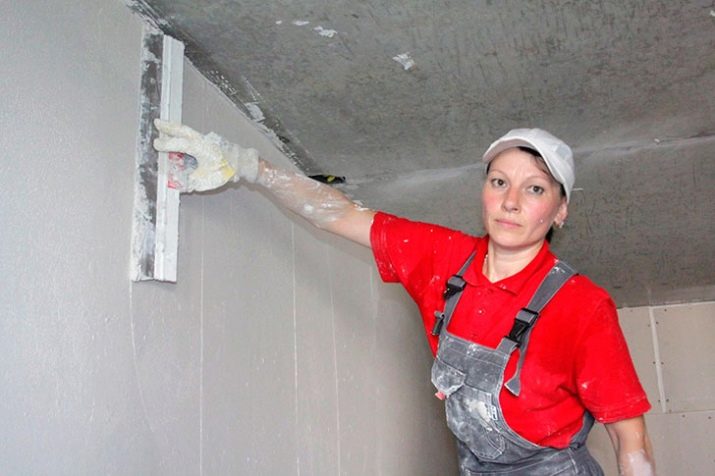
Requirements
Certain requirements are imposed on a person of this profession, regarding both knowledge and skills, and personal characteristics.
Knowledge and skills
The professional standard implies that a trained painter should be able to:
- decorate walls in 2 or more tones;
- to make artistic finishing and surface repair;
- decorate the wall and ceiling with high-quality wallpaper;
- clean and prepare walls for subsequent wallpapering.
Other required knowledge and skills are enshrined in the professional standard.... So, painting and pasting of surfaces occurs only after preparation, and it is important to understand how it should be done. You cannot be a painter without understanding the specific purpose and features of the use of hand tools... Highly qualified specialists are required to use properly mechanized and even semi-automatic devices. The ability to protect surfaces from paint splashing is also very important in painting work.
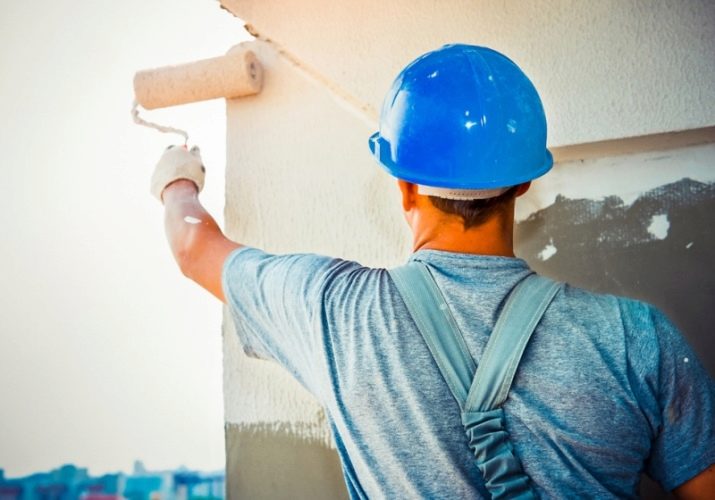
Also, painters should:
- be able to apply drying oil, impregnation, soil and neutralizing solutions;
- own the rules of fire, electrical and sanitary safety;
- be able to provide first aid;
- represent the types of paints and varnishes, their properties and the main risks when using;
- be prepared to use personal protective equipment;
- systematically pass regular and extraordinary medical examinations;
- possess the techniques of safe and efficient work performance;
- systematically improve qualifications;
- undergo briefings (general and additional for climbing work).
The plasterer-painter must correctly use the tool when opening cracks, cutting knots and tarring. He needs to be able to measure, mix the putty composition, correctly apply this composition to the surface. You will definitely have to master the methods and rules for preparing the surface for painting and pasting. Knowledge of the assortment, markings and key properties of the putty is no less relevant.
And, of course, any painter must understand the requirements that apply to the quality of the work performed.
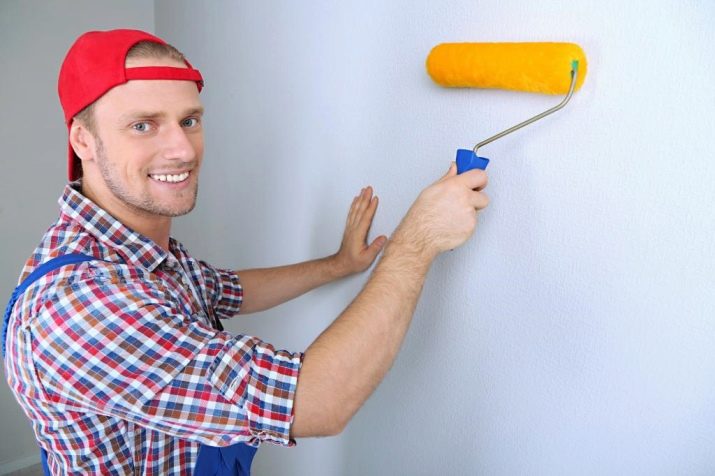
Personal qualities
A mandatory requirement for any painter is excellent color perception... Indeed, without this, it is impossible to paint at least something with high quality. Painting various surfaces is only possible with proper patience and general endurance. Since almost everyone has to work at height, it is important not to be afraid of it. A decent memory for colors, drawings, graphic images is also required (otherwise, all this will not be able to display).
Since painting involves constant movement, clear coordination is very important. You cannot do without a developed vestibular apparatus and the ability to think well. Of course, any painter must be conscientious and accurate. For this specialist, the level of discipline is extremely relevant. It is necessary to be ready to complete the work to the end, to endure even the most difficult and unfavorable situations.
Only flexible and plastic people are capable of high-quality painting of hard-to-reach areas of the surface or to design "thin", complex elements. With insufficient flexibility of the musculoskeletal system, it will not be easy to get into various places.
A good painter also exhibits a combination of spatial thinking and a technical mindset. He is always collected and clearly fulfills the assigned task.
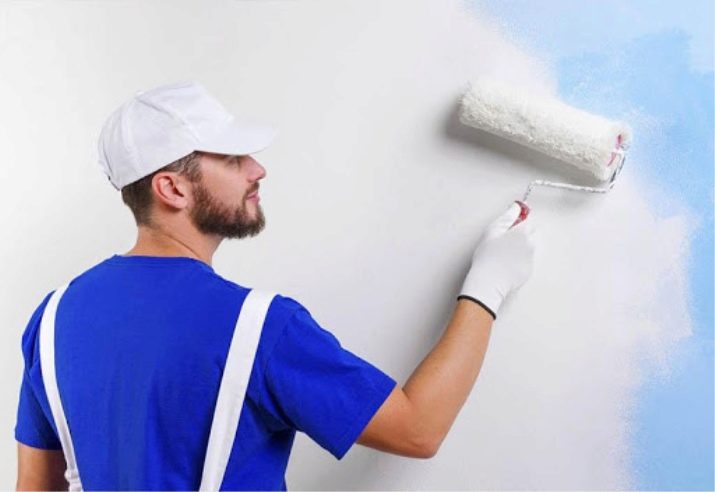
Education
You can take training in the specialty of a painter in almost any secondary specialized educational institution. But it is still advisable to choose sites that are directly related to construction or industry. Fans of a universal approach will definitely like the specialization “Construction and operation of buildings and structures”. After such training, you can become not only a painter, but also a bricklayer, carpenter, even an engineer in the construction industry.
Passing the exam for painting training in Russia is not needed, only the average score of the certificate is taken into account when selecting... The preparation period is 3-6 years. In addition to technical schools and colleges, you can enroll in specialized training courses. The advantage of public educational institutions, however, will be the higher prestige of graduates and the absence of the need to pay tuition fees.
On the other hand, courses are often organized directly by large companies and are focused on direct training, so the chances of employment are higher.

Where does he work and how much does he earn?
The demand for the painting profession is quite large. It is second only to such specializations as driver and electrician. Many painters get a job in the production of furniture, automotive or other profiles. Yes, the requirements there are higher than those for novice construction specialists. However, they pay a clearly large amount.
Having mastered the profession of a painter, you can work in the following organizations:
- construction and assembly firms;
- various areas of the industry;
- design and architectural organizations;
- housing management companies;
- seaport;
- airport;
- a number of government and commercial organizations using a large number of real estate and / or transport;
- auto repair shops.
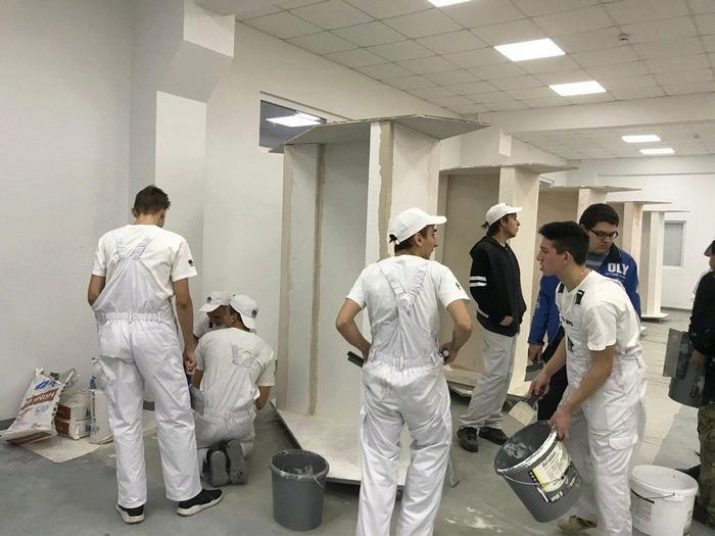
The average salary for painters in Russia ranges from 21,000 to 120,000 rubles (depending on the region). A specialist of the mass category in Moscow receives from 40 to 120 thousand rubles. Certain specially trained craftsmen are paid significantly more. The indisputable leadership among the regions of Russia (over 168 thousand rubles) belongs to Yakutia. Then there are:
- Yamalo-Nenets Autonomous Okrug (144 thousand);
- Karelia (94,000);
- Sakhalin (83,000);
- Novgorod region (82,000);
- Kamchatka (80200);
- Murmansk region (80100);
- Bryansk region (71000).
For the profession of a painter, see the video below.


